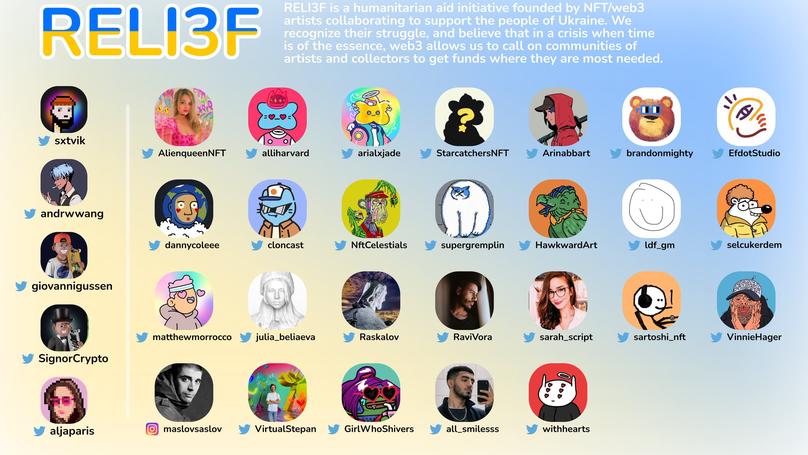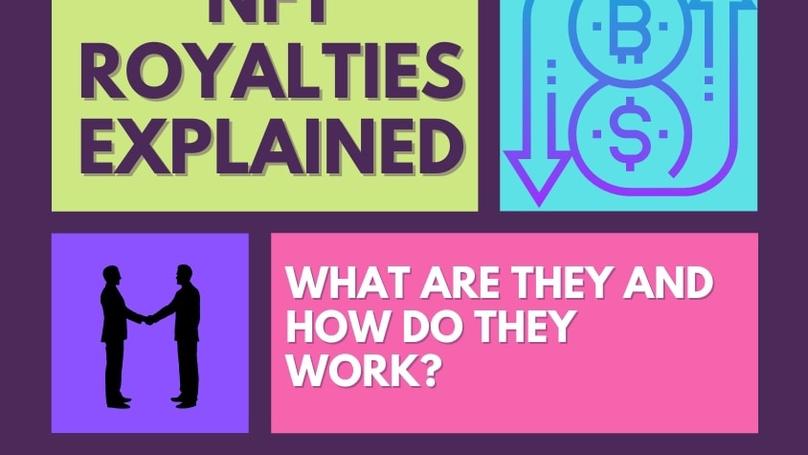Recent & Upcoming Talks
2023

Crypto donations now represent a significant fraction of charitable giving worldwide. Nonfungible token (NFT) charity fundraisers, which involve the sale of NFTs of artistic works with the proceeds donated to philanthropic causes, have emerged as a novel development in this space. A unique aspect of NFT charity fundraisers is the significant potential for donors to reap financial gains from the rising value of purchased NFTs. Questions may arise about donors' motivations in these charity fundraisers, potentially resulting in a negative social image. NFT charity fundraisers thus offer a unique opportunity to understand the economic consequences of a donor’s social image. We investigate these effects in the context of a large NFT charity fundraiser. We identify the causal effect of purchasing an NFT within the charity fundraiser on a donor’s later market outcomes by leveraging random variation in transaction processing times on the blockchain. Further, we demonstrate a clear pattern of heterogeneity based on an individual’s decision to relist (versus hold) the purchased charity NFTs (a sign of perceived strategic generosity) and based on an individual’s social exposure within the NFT marketplace. We show that charity-NFT ’re-listers' experience significant penalties in the market regarding the prices they can command for their other NFTs, particularly among those who are more socially exposed. Finally, we report the results of a scenario-based online experiment, which again support our findings, highlighting that the re-listing a charity NFT for sale at a profit leads others to perceive their initial donation as strategic generosity and reduces those others' willingness to purchase NFTs from the donor. Our study underscores the growing importance of digital visibility and traceability, features that characterize crypto-philanthropy, and online philanthropy more broadly.
2022
This study investigates the effects of sponsorship-based funding on open-source software contributors' behavior. We examine how sponsorship impacts contributors' creation and maintenance activities on the host platform where funding is received, as well as the spillover effects on a complementary knowledge-sharing platform. While sponsorship is expected to increase overall effort, its effects on different contribution types and spillover to other platforms remain unclear. To address these questions, we analyze the impact of Github’s sponsorship feature, introduced in 2019, on contribution behavior. Using individual-level panel data from both the host platform (Github or GH) and the complementary platform (Stack Overflow or SO), we employ a difference-in-differences estimation methodology. Our findings reveal that sponsorship funding increases maintenance-related activities (e.g., pull request reviews) while leaving creation activities (e.g., pull requests) unaffected, indicating an effort reallocation effect. Moreover, we observe a negative spillover on knowledge-sharing activities on SO, suggesting an effort distortion effect. Interestingly, this negative spillover is limited to knowledge-creation activities (e.g., answers and questions), while maintenance-related activities (e.g., edits and reviews) remain unaffected, evidence of an effort mirroring effect. We attribute these findings to motivational differences between creation and maintenance activities. Sponsorship funding appears to boost less rewarding activities such as maintenance of software, while intrinsically motivated creation activities remain largely unaffected. We further investigate the underlying mechanisms and observe a crowding-out effect on creation activities for contributors who are more involved with the OSS community. Our findings provide empirical evidence that sponsorship funding can be a powerful tool to incentivize maintenance-related activities in open-source software.

Content creation costs pose a threat for online marketplaces aiming to attract new users. In response, platform managers devise new policies to subsidize these costs for content creators. In this study, we analyze data from a leading NFT marketplace to examine the impact of a lazy minting policy, which enables content creation without upfront fees, on created content, engagement with that content, and pricing. On the creation side, we observe a volume-effort trade-off, with creators producing more work for the market but exerting less effort during creation. On the engagement side, we note a decrease in engagement, particularly affecting creators with higher engagement levels prior to the policy change. Additionally, we explore the mechanism driving this reduction and find that effort and attention play crucial roles, while a larger follower count does not shield creators from decreased engagement. Furthermore, we analyze token prices and sales, revealing no evidence to support that creators pass on the reduced creation costs through to first-time buyers. Finally, we discuss our contributions to the literature and its implications for platform managers.
2021

Non-fungible token (NFT) marketplaces enable users to mint and trade digital assets, such as collectibles, trading cards, and digital artwork. Many of these platforms accommodate resale royalties, which return a predetermined percentage of the proceeds from future resales of the digital asset to the creator. Although the adoption of resale royalties may seem beneficial for NFT creators by providing a recurring source of income, it could have unintended consequences on the sales price and the liquidity of the underlying NFT, potentially affecting both the platform’s commission revenue and the creator’s short-term return. In this paper, we aim to understand the antecedents and consequences of resale royalties. Specifically, we empirically investigate the impact of minting costs on royalty rates and subsequently, the effects of resale royalties on primary market sales prices and liquidity. Our identification strategy combines a difference-in-differences model that leverages a policy change that eliminated up-front minting fees for creators and an instrumental variables approach. We find that NFT creators reduce royalty rates when they mint an NFT without incurring minting costs. Furthermore, we observe that higher royalty rates lead to reduced sales prices in the primary market, suggesting the presence of a delayed gratification effect as creators hope for future royalty payments. We also investigate the underlying mechanisms, and we find that NFT creators who are more confident about future resales tend to lower their primary sale prices but are unable to recoup those losses in the short term, providing evidence of an overconfidence effect. Surprisingly, we find that the presence of resale royalties also negatively affects market liquidity despite reduced sales prices. Our findings offer immediate implications for creators and platforms regarding resale royalty strategies and whether to enforce royalties.
2018
We examine two-sided adverse selection in a sharing economy context where a platform matches service providers with consumers and both providers and consumers derive heterogeneous payoffs depending on whom they are matched with. Unlike the more prevalent unilateral review scheme in which only consumers rate providers, many sharing economy platforms use a bilateral review scheme in which both consumers and providers rate each other to reduce the information asymmetry on both sides of the market and to facilitate superior matches. However, we show that the bilateral review scheme does not necessarily lead to a higher social welfare than either the unilateral review scheme or the no review scheme. If the proportion of the low-cost consumers is less than a threshold, consumers are better off, the platform is worse off, and the providers are worse off under the bilateral review scheme than the unilateral review scheme. The key driver for these results is that the price competition between providers for the low-cost consumers can be fundamentally different under the different review schemes; the price competition affects the consumer preference for a provider and hence the match between consumers and providers, which ultimately determines the payoffs to participants and the social welfare. Our results highlight the importance of addressing the consumer-side adverse selection first to eliminate a market failure even in the sharing economy context. Our findings also contribute to the adverse selection literature by identifying the critical role played by demand and supply conditions on the impact of adverse selection.
2017
Product review platforms in online marketplaces differ with respect to the granularity of product quality information they provide. While some platforms provide a single overall rating for product quality (also referred to as single-dimensional rating scheme), others provide a separate rating for each individual quality attribute (also referred to as multi-dimensional rating scheme). A multi-dimensional rating scheme is superior to a single-dimensional rating scheme, ceteris paribus, in reducing consumers' uncertainty about product quality and value. However, we show that, when sellers respond to product ratings by adjusting their prices, compared to the single-dimensional rating scheme, the multi-dimensional rating scheme does not always benefit consumers, nor does it necessarily benefit the sellers or the society. The uncertainty associated with quality attribute rating and the extent of differentiation between competing products determine whether a finer-grained multi-dimensional rating scheme is superior to the coarser-grained single-dimensional rating scheme from the consumers', sellers' or a social planner’s perspective. The main driver of the results is that the more (less) granular and less (more) uncertain information exposes (hides) underlying differentiation, or lack of it, between competing products, which, in turn, alters the upstream price competition in the presence of heterogeneous consumer preferences. The results demonstrate that focusing on the information transfer aspect of rating schemes provides only a partial understanding of the true impacts of rating schemes.